Understanding darts score stats is key to improving your game, predicting match outcomes, and appreciating the sport’s nuances. This article explores the essential statistics, how they’re calculated, and what they reveal about player performance, plus how you can leverage this data to become a better player or informed fan.
⚠️ Still Using Pen & Paper (or a Chalkboard)?! ⚠️
Step into the future! The Dart Counter App handles all the scoring, suggests checkouts, and tracks your stats automatically. It's easier than you think!
Try the Smart Dart Counter App FREE!Ready for an upgrade? Click above!
Decoding Darts Score Stats: An Overview
Darts score stats provide a comprehensive look at a player’s performance beyond just wins and losses. These metrics help us understand their consistency, accuracy, and ability to perform under pressure. By analyzing these stats, we can identify strengths and weaknesses, compare players, and even predict future performance.
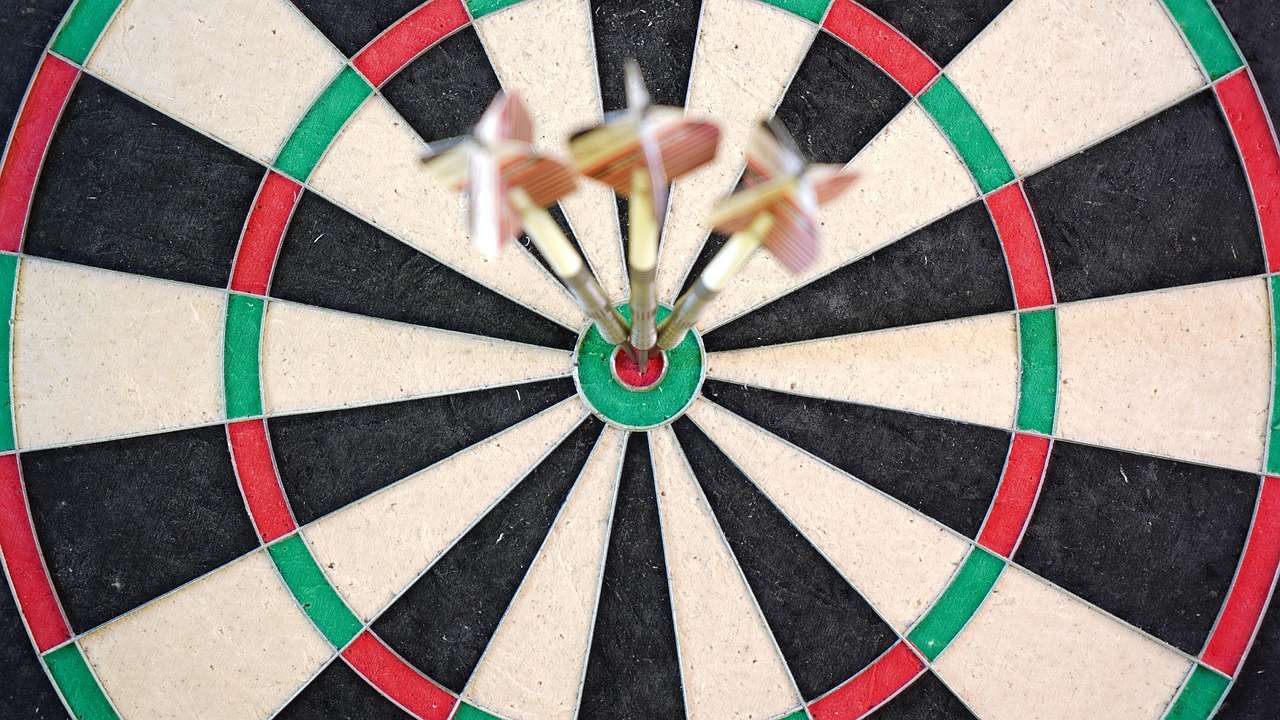
Whether you’re a casual player aiming to improve your average or a serious fan looking for a deeper understanding of the professional game, understanding these statistics is essential. We’ll delve into the most important darts statistics used in the sport.
Key Darts Statistics Explained
Let’s break down some of the most critical darts score stats:
- Average (PPR – Points Per Round or PPD – Points Per Dart): This is perhaps the most fundamental stat. It reflects the average score a player achieves per three darts thrown (PPR) or per dart (PPD). A higher average indicates better scoring consistency. Professional players often boast averages of 90 or higher. Different darts winner age groups might show varying average trends.
- Checkout Percentage: This stat measures how often a player successfully finishes a leg after reaching a double. A high checkout percentage is crucial for winning matches, as it shows the ability to convert scoring opportunities into victories. Professional players often have checkout percentages above 40%.
- 180s Scored: A 180 (three darts in the treble 20) is the highest possible score in a single round. The number of 180s scored by a player indicates their scoring power and consistency in hitting the treble 20.
- High Finishes: These are checkouts of 100 or more. Successfully hitting high finishes demonstrates a player’s ability to perform under pressure and secure legs against the throw.
- First 9 Dart Average: This metric provides insight into how a player starts a leg. A strong first 9 dart average often sets the tone for the entire leg and puts pressure on the opponent.
Calculating Darts Averages
Calculating the average in darts is straightforward:
- Keep track of the total score accumulated over a certain number of legs or matches.
- Divide the total score by the number of darts thrown to get the PPD (Points Per Dart).
- Multiply the PPD by 3 to get the PPR (Points Per Round).
For example, if a player scores 540 points in 180 darts, their PPD is 3 (540 / 180 = 3), and their PPR is 9 (3 * 3 = 9). This is a simplified example, as official averages often consider specific game situations.
The Importance of Checkout Percentage
While scoring is crucial, a high checkout percentage is often the difference between winning and losing. A player can consistently score well, but if they struggle to finish legs, their efforts are often wasted.
Checkout strategies involve planning your approach to finishing a leg based on the remaining score. Common strategies include setting up for a double 16 (32 remaining) or double 20 (40 remaining). The best checkout strategy depends on the player’s strengths and weaknesses, and the specific score they need to achieve.
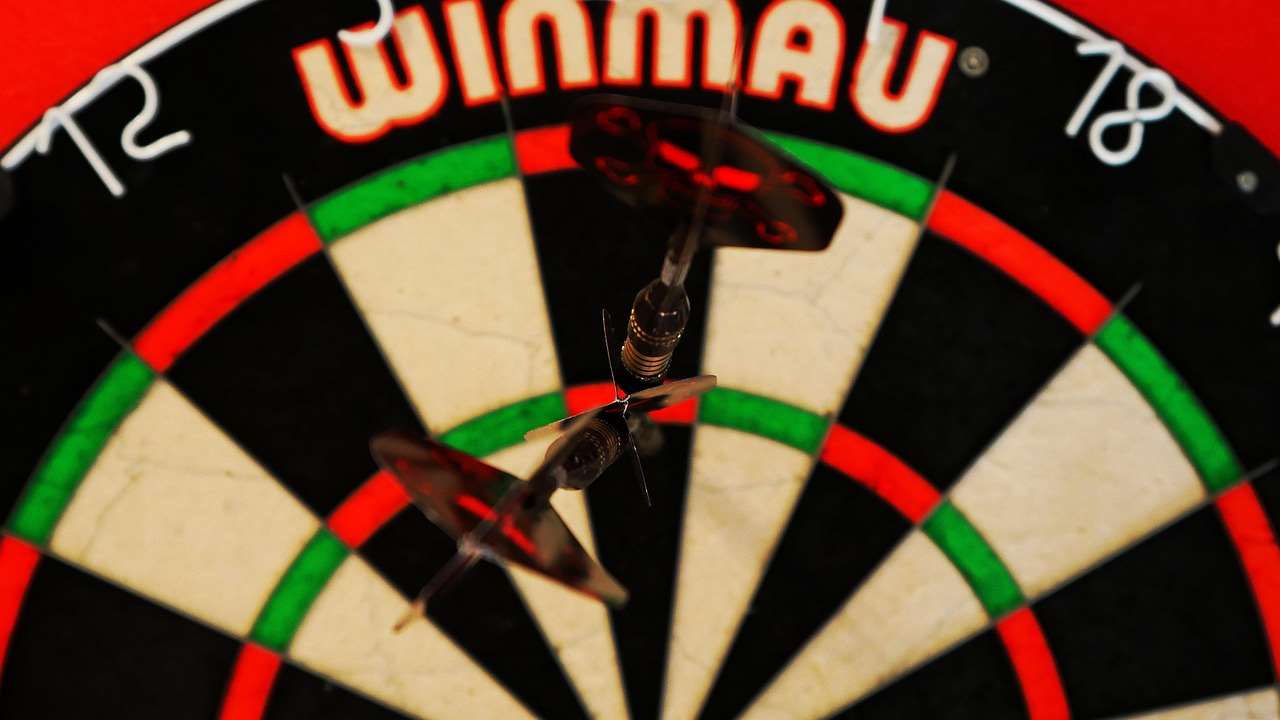
Analyzing 180s Scored
Scoring a 180 is a significant achievement in darts, showcasing accuracy and consistency in hitting the treble 20. The number of 180s scored by a player is a valuable darts score stats indicator of their scoring prowess.
Factors influencing 180 frequency include:
- Throwing Technique: A consistent and accurate throwing technique is essential for hitting the treble 20 repeatedly.
- Dart Setup: The weight, shape, and grip of the darts can impact accuracy.
- Mental Game: Focus and concentration are crucial for maintaining consistency under pressure. Consider a darts tune up set to find the best darts for your game.
Using Darts Score Stats to Improve Your Game
Analyzing your own darts score stats can be a powerful tool for improvement. By tracking your averages, checkout percentage, and other key metrics, you can identify areas where you need to focus your training efforts. Don’t forget to check out the Cricket darts scorer app (https://dartcounterapp.com/) for tracking your stats!
Here’s how to use darts score stats for improvement:
- Identify Weaknesses: Are you struggling with your scoring average, checkout percentage, or hitting 180s?
- Set Goals: Set realistic goals for improvement in specific areas.
- Track Progress: Regularly track your stats to monitor your progress and make adjustments to your training plan as needed.
- Practice Strategically: Focus your practice on the areas where you need the most improvement. For example, if your checkout percentage is low, practice finishing on different doubles.
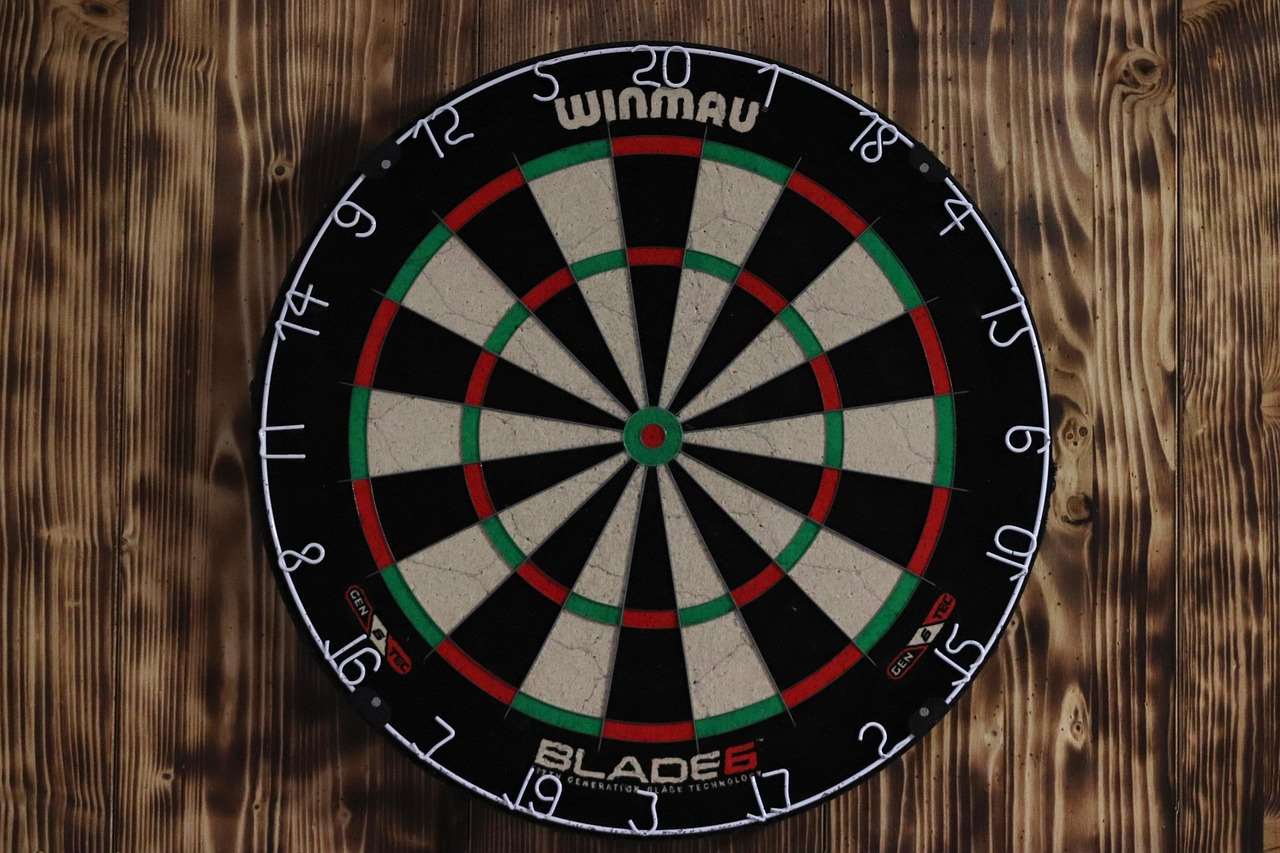
Darts Score Stats in Professional Darts
In professional darts, darts score stats are used extensively for analysis, commentary, and even betting. Commentators often use stats to highlight key moments in a match and provide insights into player performance. Bettors use stats to make informed predictions about match outcomes.
Key uses in professional darts include:
- Player Comparison: Stats are used to compare players and assess their strengths and weaknesses.
- Match Prediction: Statistical models can be used to predict the outcome of matches based on historical data.
- Commentary and Analysis: Commentators use stats to provide context and insights during live broadcasts.
Understanding darts score stats allows fans to appreciate the nuances of the game and gain a deeper understanding of player performance. Keep an eye on darts 180 odds if you are interested in betting.
Advanced Darts Metrics
Beyond the basic stats, some advanced metrics provide even deeper insights into player performance:
- Average Opponent Score (AOS): This measures the average score of a player’s opponents. It can be used to assess the difficulty of a player’s schedule and the quality of their competition.
- Legs Won Against the Throw (LWAT): This measures how often a player wins a leg when their opponent has the throw. It’s a key indicator of a player’s ability to break their opponent’s serve.
- DartConnect Performance Statistics: Services like DartConnect offer comprehensive stats packages that include advanced metrics such as scoring efficiency, checkout efficiency, and pressure ratings.
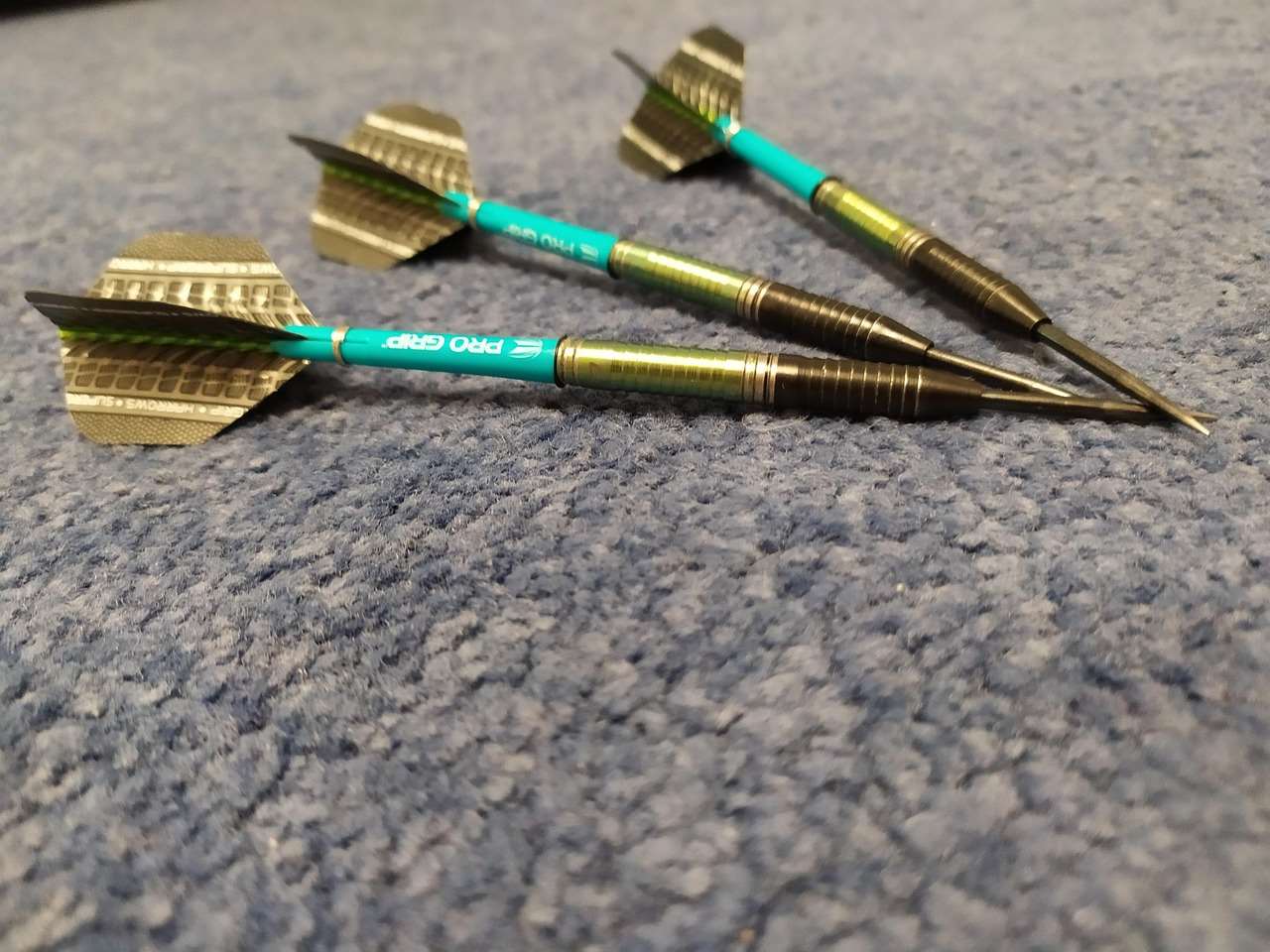
Tools for Tracking Darts Score Stats
Several tools are available to help players track their darts score stats:
- DartConnect: A popular platform for online darts play and stats tracking.
- DartCounter: A mobile app and website that allows players to track their scores and analyze their performance.
- Dedicated Darts Scorebooks: Traditional scorebooks can be used to manually track scores and calculate stats.
Using these tools can help you gain a better understanding of your game and identify areas for improvement. Consider also the utility of a darts scoreboard amazon sells to help improve your tracking.
The Future of Darts Analytics
The use of analytics in darts is continuing to grow. As more data becomes available, we can expect to see even more sophisticated statistical models being used to analyze player performance and predict match outcomes. This could lead to new strategies and training methods, and a deeper understanding of the game.
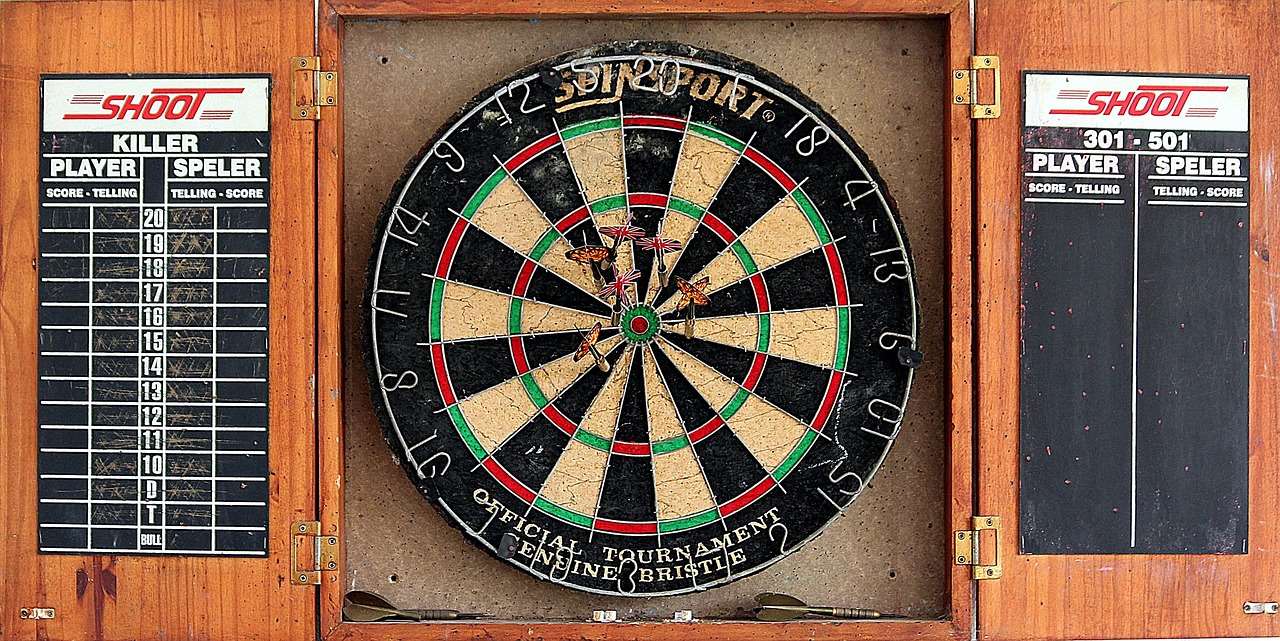
Conclusion
Understanding darts score stats is essential for anyone who wants to improve their game or gain a deeper appreciation for the sport. By tracking and analyzing key metrics like averages, checkout percentage, and 180s scored, you can identify your strengths and weaknesses and focus your training efforts accordingly. Whether you’re a casual player or a serious competitor, darts score stats can help you take your game to the next level. Start tracking your stats today and see how much you can improve!
Hi, I’m Dieter, and I created Dartcounter (Dartcounterapp.com). My motivation wasn’t being a darts expert – quite the opposite! When I first started playing, I loved the game but found keeping accurate scores and tracking stats difficult and distracting.
I figured I couldn’t be the only one struggling with this. So, I decided to build a solution: an easy-to-use application that everyone, no matter their experience level, could use to manage scoring effortlessly.
My goal for Dartcounter was simple: let the app handle the numbers – the scoring, the averages, the stats, even checkout suggestions – so players could focus purely on their throw and enjoying the game. It began as a way to solve my own beginner’s problem, and I’m thrilled it has grown into a helpful tool for the wider darts community.